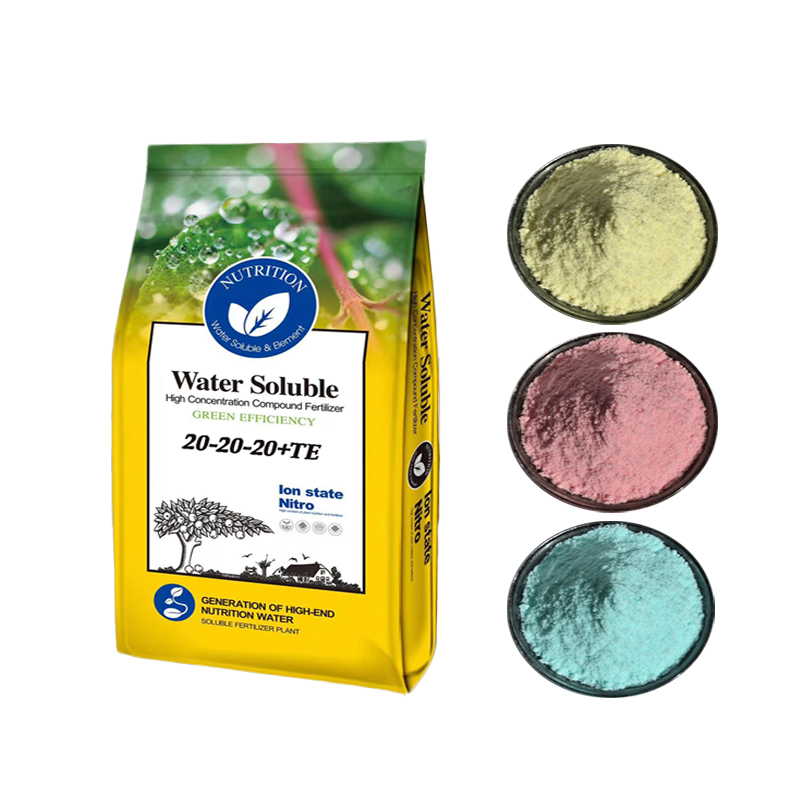
Dec . 27, 2024 15:44 Back to list
6-12-6 water soluble fertilizer supplier
The Benefits of 6-12-6% Water Soluble Fertilizer A Guide for Suppliers and Growers
In the ever-evolving world of agriculture, the demand for effective fertilizers is paramount to achieving optimal plant growth and productivity. Among the various options available, 6-12-6% water soluble fertilizer has gained considerable attention for its well-balanced nutrient profile. This article aims to explore the benefits of this type of fertilizer, its application, and tips for suppliers to optimize their offerings.
Understanding 6-12-6% Water Soluble Fertilizer
Water soluble fertilizers are specially formulated to dissolve completely in water, allowing for efficient nutrient uptake by plants. The numerical representation in 6-12-6% indicates the percentage of essential macronutrients contained within the fertilizer nitrogen (N), phosphorus (P), and potassium (K). Specifically, this formulation contains 6% nitrogen, 12% phosphorus, and 6% potassium.
- Nitrogen (N) Essential for plant growth, nitrogen contributes to leaf and stem development. It is vital for the synthesis of amino acids and proteins, which are the building blocks of plant tissues.
- Phosphorus (P) The role of phosphorus is crucial in energy transfer and photosynthesis. It supports root development and flowering, making it particularly significant during the early stages of plant growth and when plants are preparing to bloom.
- Potassium (K) This nutrient is important for overall plant health. It helps improve water regulation, strengthens cell walls, and plays a vital role in photosynthesis and protein synthesis.
These three nutrients work synergistically to promote healthy plant development, making the 6-12-6% formulation an excellent choice for various crops.
Advantages of 6-12-6% Water Soluble Fertilizer
1. Enhanced Nutrient Absorption The water-soluble nature of the fertilizer allows for quick and easy absorption through the roots or foliage, facilitating immediate plant response.
2. Targeted Nutrient Application The balanced ratio of nutrients can be tailored to meet the specific needs of different crops during various growth stages. For instance, higher phosphorus levels are beneficial during the flowering and fruiting phases.
6-12-6 water soluble fertilizer supplier

4. Versatility Suitable for a wide range of applications, including greenhouse, hydroponic, and outdoor farming, 6-12-6% water soluble fertilizers can be used across different plant types, including vegetables, fruits, and ornamental plants.
5. Ease of Use As a water-soluble fertilizer, the application process is straightforward. It can be mixed with water and applied through various methods such as drip irrigation, foliar sprays, or fertigation, minimizing labor and maximizing effectiveness.
Recommendations for Suppliers
To successfully provide 6-12-6% water soluble fertilizer, suppliers should focus on several key areas
- Education Inform users about the benefits and proper application methods of this fertilizer. Create informative materials, such as brochures or online content, detailing how and when to apply it for various crops.
- Quality Assurance Ensure that the product meets high-quality standards. Regular testing and sourcing from reputable manufacturers can help maintain product integrity.
- Distribution Channels Develop strong distribution channels to make products readily available to farmers and growers. Collaborating with local co-ops, garden centers, and agricultural suppliers can expand market reach.
- Customer Support Offer ongoing support for customers, including guidance on soil testing and nutrient management plans. Providing personalized recommendations can enhance customer loyalty.
- Sustainability Practices Keep sustainability in mind when sourcing and selling fertilizers. Promote environmentally friendly practices in production and usage, which are increasingly important to today’s conscious consumers.
Conclusion
6-12-6% water soluble fertilizer represents a valuable resource for growers seeking to enhance their crop yields and quality. By understanding its benefits and implementing effective marketing strategies, suppliers can cater to the demands of an evolving agricultural landscape. With the right approach, both suppliers and growers can thrive, fostering sustainable agricultural practices for a productive future.
-
10 10 10 Fertilizer Organic—Balanced NPK for All Plants
NewsJul.30,2025
-
Premium 10 10 10 Fertilizer Organic for Balanced Plant Growth
NewsJul.29,2025
-
Premium 10 10 10 Fertilizer Organic for Balanced Plant Growth
NewsJul.29,2025
-
Premium 10 10 10 Fertilizer Organic for Balanced Plant Growth
NewsJul.29,2025
-
50 Pound Bags of 13-13-13 Fertilizer for All Plants – Bulk & Organic Options
NewsJul.28,2025
-
High-Efficiency 15-30-15 Granular Fertilizer for Healthy Crops
NewsJul.28,2025
